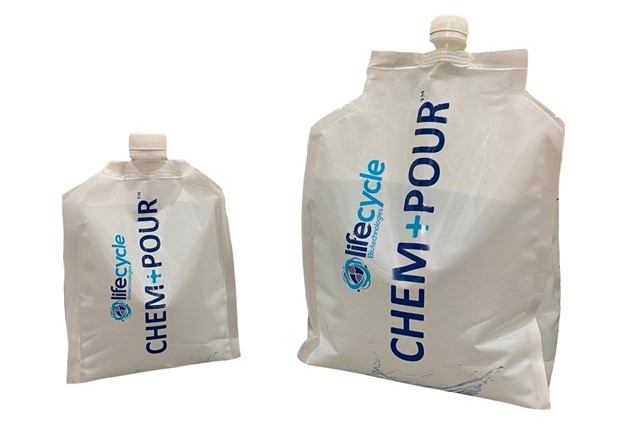
“Form follows function” has been one of the guiding design maxims of architects, engineers, artists, and various other kinds of “makers” for decades. What do we mean by design and why does it matter? (And specifically, why does it matter to medical research?)
First, let’s look at what we mean by design and its relationship to this idea of “form” and “function”. While we like to say that form follows function, in reality, these are two simultaneously created sides of the same coin. Just as one side of a coin doesn’t actually come first but is inherently bi-dimensional (has two sides), form and function are not steps in a linear sequence but rather principles that inform every iteration of a design process.
While this may sound abstract, in the process of actual design it is a concrete reality that makes a world of difference in how well something actually performs (be it a home or office building, a mechanical piece of equipment, or a medical device) in its intended context of use.
For example, at Lifecycle Biotechnologies, we designed special packaging for use in medical research, the kind of packaging that were truly innovative due to our awareness of how form would constrain and impact function, and how function would constrain and impact form as a circular feedback loop rather than a linear relation.
In everyday language, this meant we had to take a Big Picture view. We had to consider multiple factors that would limit (and thus define) our designs. We had to consider the existing products on the market and how they did or didn’t optimally perform, and why. We had to consider the context in which these products would be used: Who would they used by (People? Machines?), what would they be used for (In this case, they were used in aseptic manufacturing), what considerations were involved in shipping or transporting them, where and how would they be stored, how would they be disposed of, what would be their environmental impact. All of these questions and many more informed our design process - both the form our packaging would take and how this would relate to their function, as well as how their function would relate to their form.
As it turned out, many of the leading biotechnology manufacturers did not seem to understand what was obvious to us: that Big Picture design matters. Our cross-context design process allowed us to innovate a product that easily overcame the limitations of the bottles most commonly used in aseptic manufacturing. Namely:
- By designing a non-rigid container in the form of a bag that decompresses from the exterior when poured (something impossible for the design of the industry-standard plastic or glass bottle), we eliminated the unpleasant (and sterility compromising) splash and “glug” that commonly came when pouring from rigid containers. Additionally, for controllability and ease of use, we built handles into the bag to make it easy to carry and to provide the technician a secure, comfortable grip.
- By considering storage disposal, we realized that conventionally used rigid plastic and glass versions wasted an enormous amount of space and tended to be unstable (having lost their anchoring weight once they were empty). With this is mind, we designed our emptied bags to deflate to a flat, stackable, stable profile, taking up 84% less space than the 100 4L bottles that would normally be used for the same job.
- The ecological impact of the rigid plastic and glass bottles normally used in aseptic manufacturing is considerable. We deliberately designed our bags to dramatically reduce the environmental footprint associated with space-consuming (and thereby pollution producing) transport costs and landfill volume.
- By utilizing highly compatible materials and designing a packaging capable of holding acids, high pH reagents, and light or oxygen sensitive reagents, we provide a single versatile option for your reagents. In doing so this allows for glass bottles to be eliminated from the laboratory or manufacturing environment, which leads to a safer environment for the individuals utilizing them.

While these solutions to the problems posed by conventional rigid plastic and glass bottles may seem obvious, the fact that they represented genuine innovations beyond what commonly existed is a testament to the ways that design - and especially a deep understanding of the circular feedback loop of form and function - can make a world of difference between a product or way of doing something that gets the job done in only one context with adverse impact in others, and one that offers outstanding experience and exceptional performance across multiple contexts without unnecessary compromise or “collateral damage”.
At Lifecycle Biotechnologies, advanced design principles are built into everything we do. Whether it’s the design of a product used in a medical lab or the design of the office space we work in or the design of our company culture, we understand that the ongoing, evolving process of cross-context, Big-Picture-guided design is where the rubber of creative ideas meets the road of strategic innovation.
If you’d like to experience for yourself why design matters, contact your Thomas representative today and see how we help you and your facility. Click here to learn more.